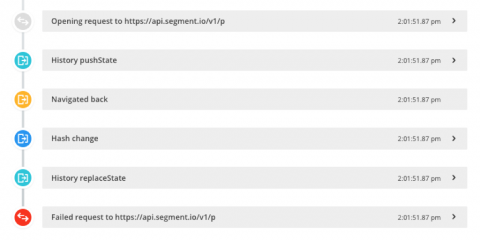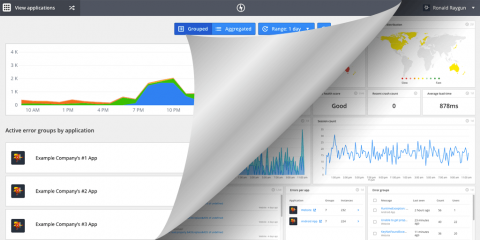Server monitoring best practices: 9 dos and don'ts
Have you ever had responsibility for an application and been the last to know about an outage? I have, and it’s terrible. You go to check your phone in the morning over coffee, after waking up, and you see a flood of missed calls and tons of emails. Customers are angry. Your boss is demanding to know what’s happening. Even the company’s executives are involved. How did this happen?











